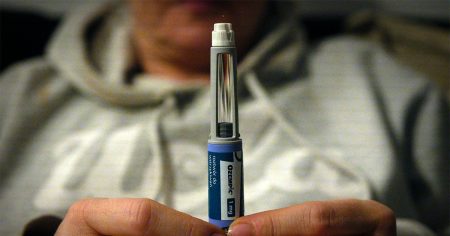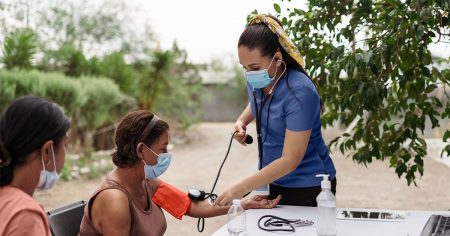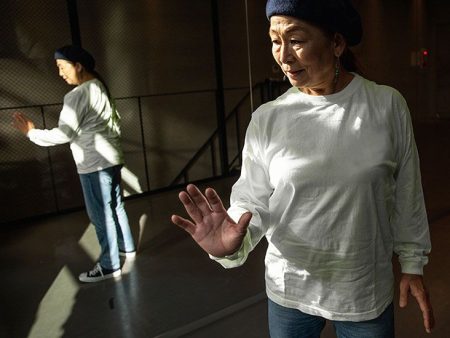The US Preventive Services Task Force recommends that women start getting screened for breast cancer every other year starting at age 40, rather than waiting until age 50 as previously suggested. This update aims to detect more breast cancers at earlier stages, especially among Black women who are at higher risk for aggressive cancers at younger ages. However, some experts believe that the new guidelines may not be sufficient in detecting aggressive breast cancers in younger individuals.
The new guidelines also emphasize the importance of discussing screening with a doctor for individuals with a higher-than-average risk for breast cancer due to factors such as family history or genetic predisposition. However, there are certain areas where more research is needed, such as the benefits and risks of continued screening for people over the age of 75 and the use of additional imaging for those with dense breasts. The decision on continued screening and additional imaging should be personalized based on individual circumstances.
The decision to change the recommendations was influenced by data showing an increase in invasive breast cancer diagnoses among women in their 40s each year, as well as studies suggesting that starting screening at age 40 and continuing every other year provides the most favorable balance of benefits and harms. The panel predicts that starting biannual screening at 40 could avert 1.3 deaths per 1,000 women screened, with an even higher benefit for Black women who are disproportionately affected by breast cancer deaths.
Despite the benefits of early detection, some experts feel that screening every two years may not be sufficient to detect aggressive breast cancers that grow quickly, especially in younger individuals. They advocate for annual mammograms starting at age 40 to ensure early detection of these more life-threatening cancers. However, the USPSTF maintains that the benefits of annual mammograms do not outweigh the risks of potential harms such as false-positive results.
In comparison to other major groups, the new USPSTF guidelines align more closely with recommendations from the American Cancer Society, the National Cancer Care Network, the American College of Obstetricians and Gynecologists, and the American College of Radiology and Society of Breast Imaging. However, there are differences in terms of the frequency of screening and at what age screening should stop. Insurance coverage for the new screening guidelines may also vary, particularly for additional imaging for patients with dense breasts.
Overall, it is important for individuals to have an early conversation with their doctor about breast cancer screening to determine the appropriate age to start screening and the frequency that is suitable based on their risk factors. Understanding one’s risk for breast cancer, family history, genetic predisposition, and results from previous biopsies is crucial in making informed decisions about screening. By discussing these factors with a healthcare provider, individuals can develop a personalized screening plan that aligns with their goals and health needs.















